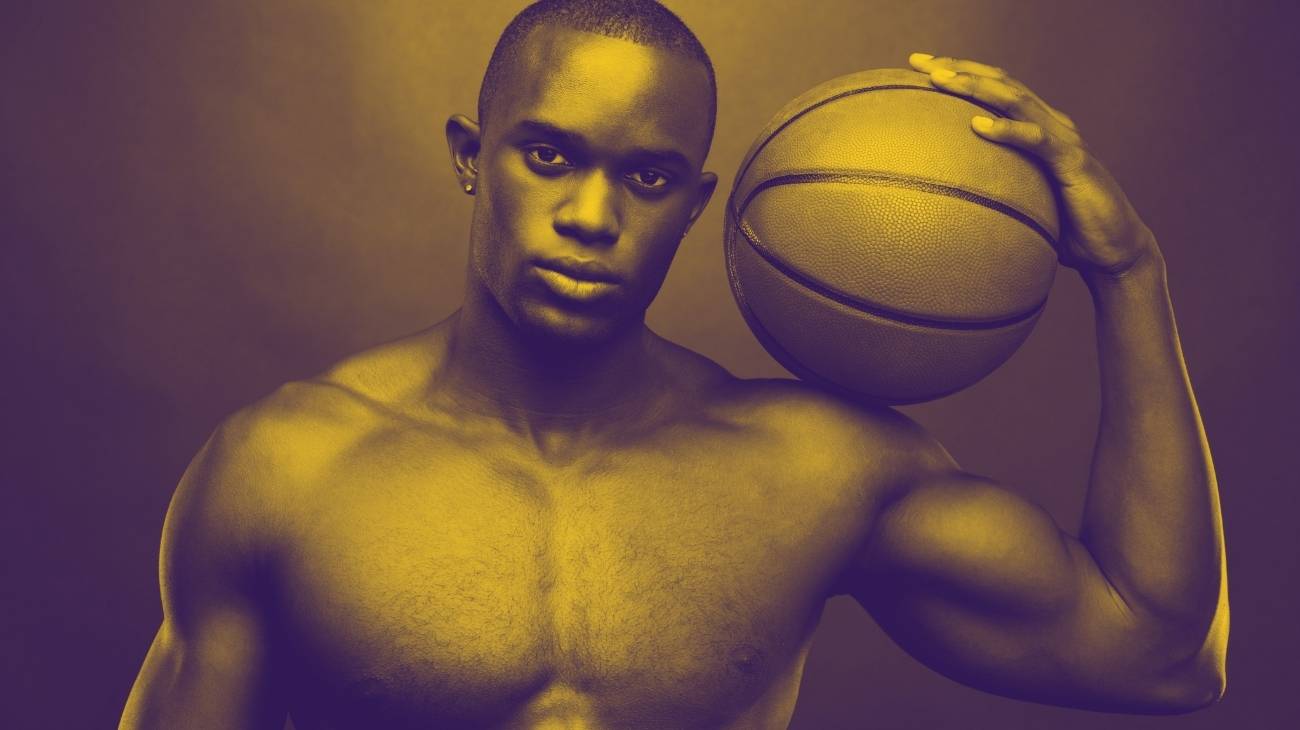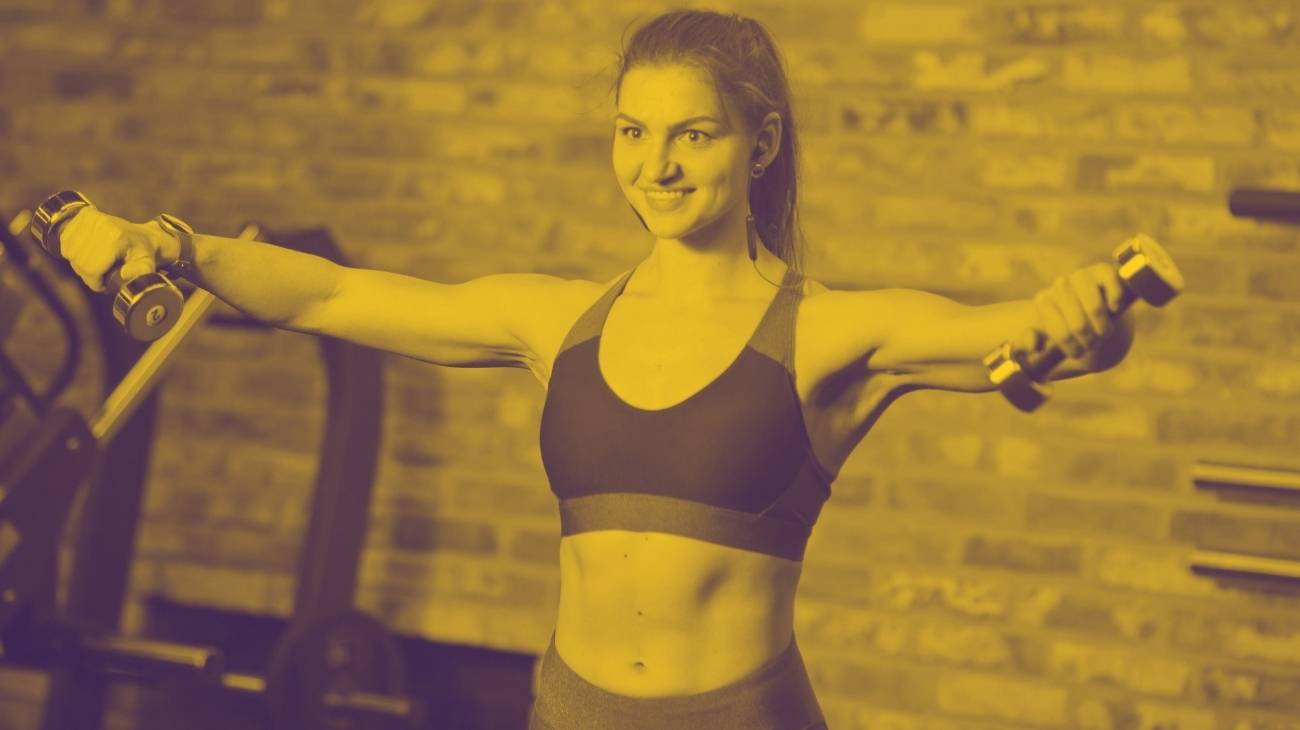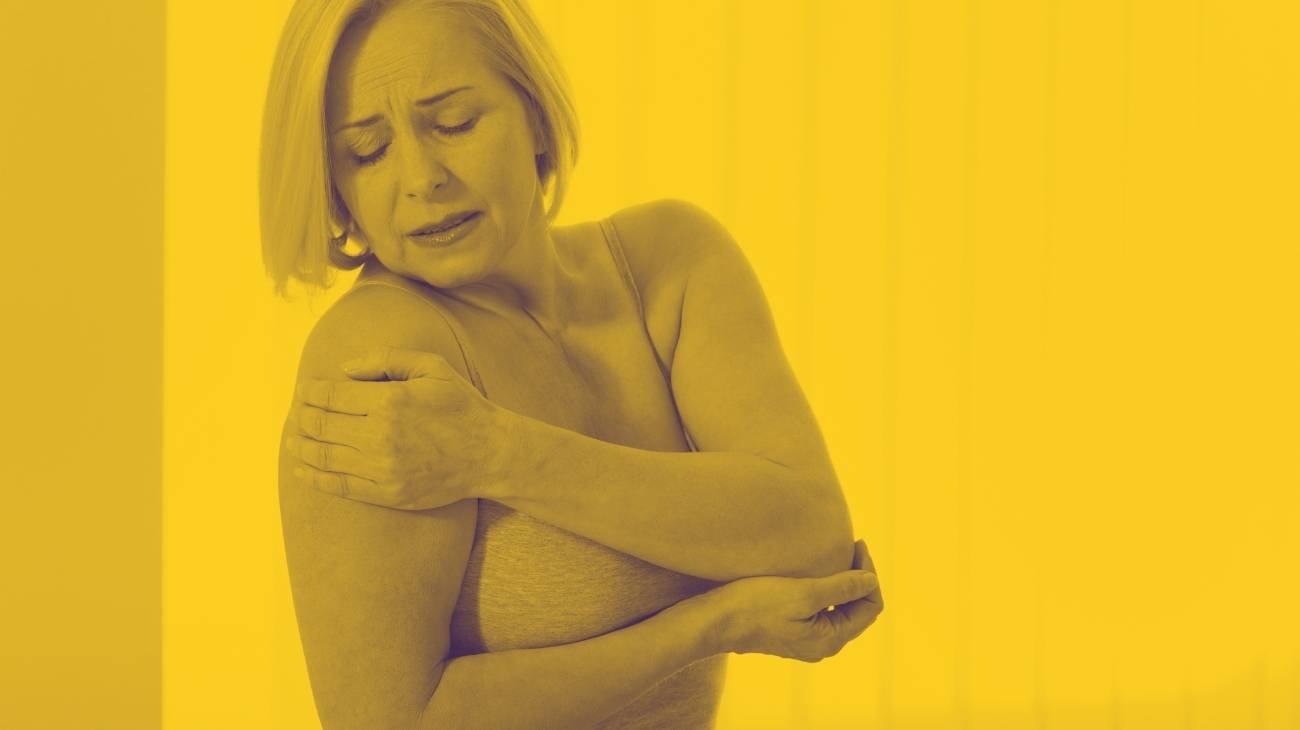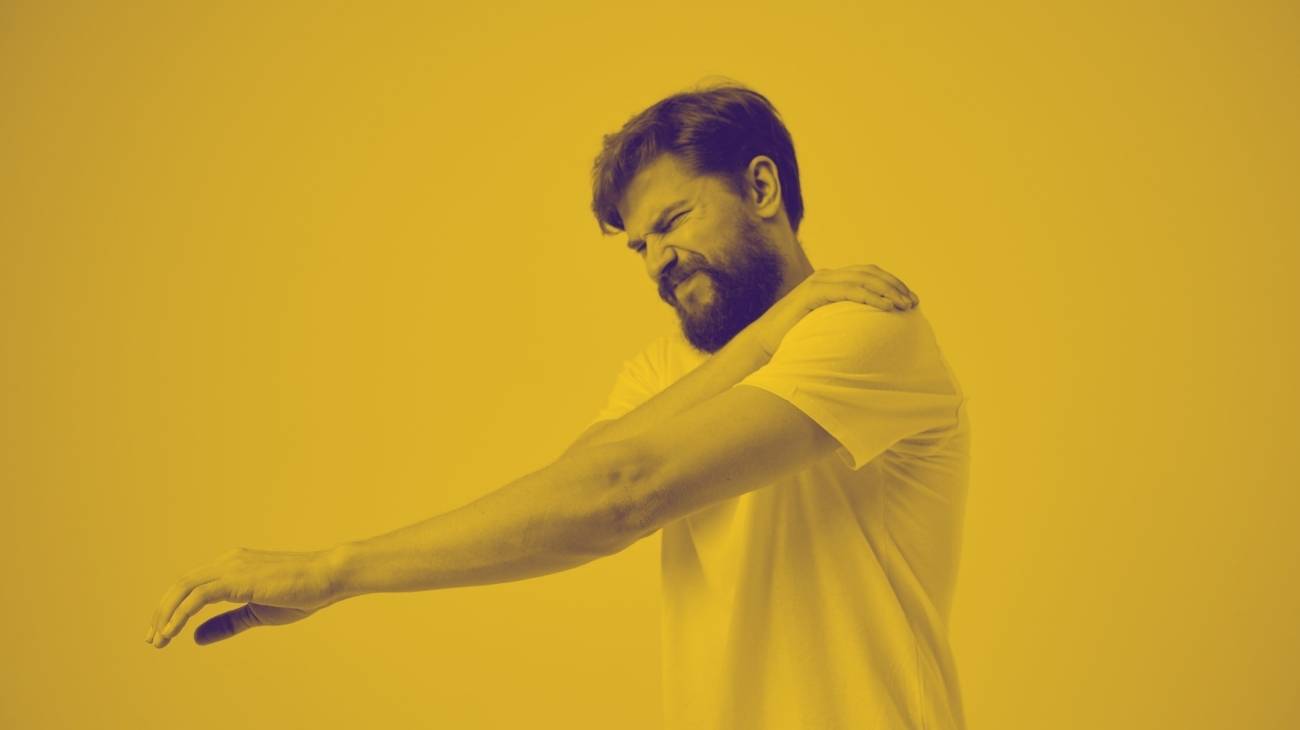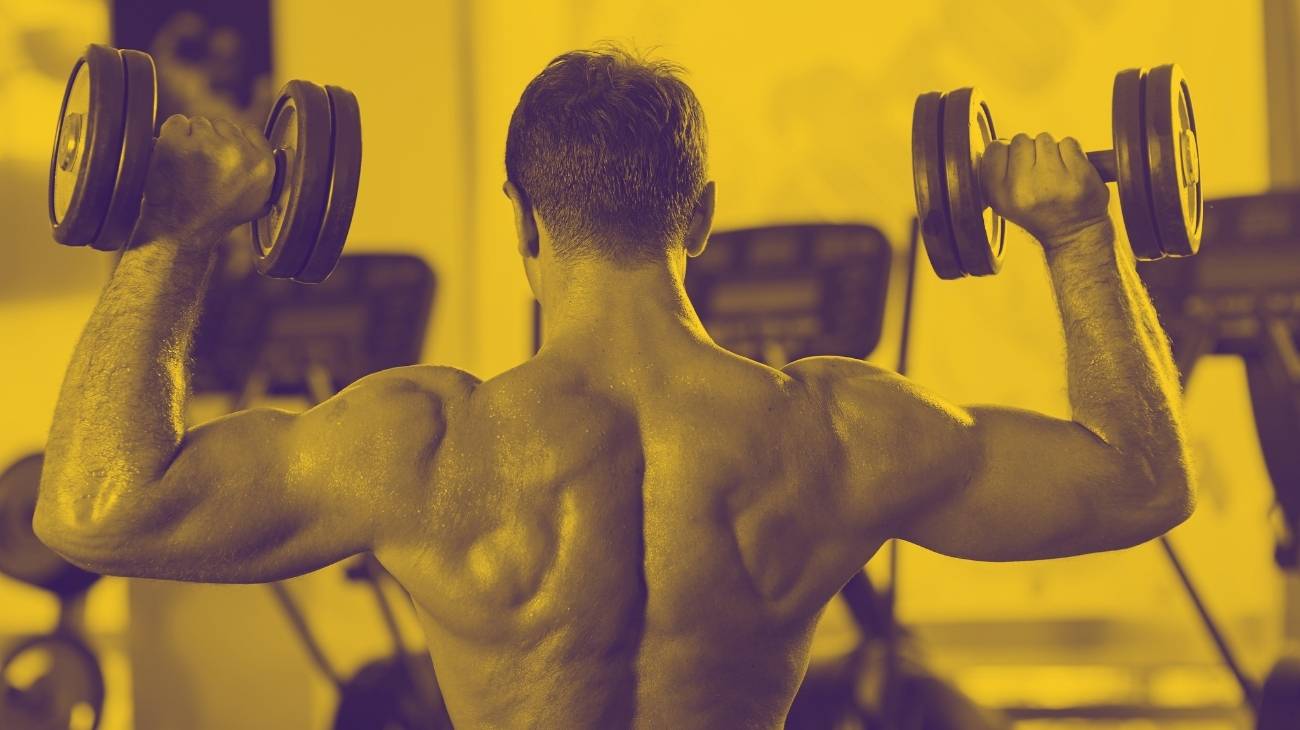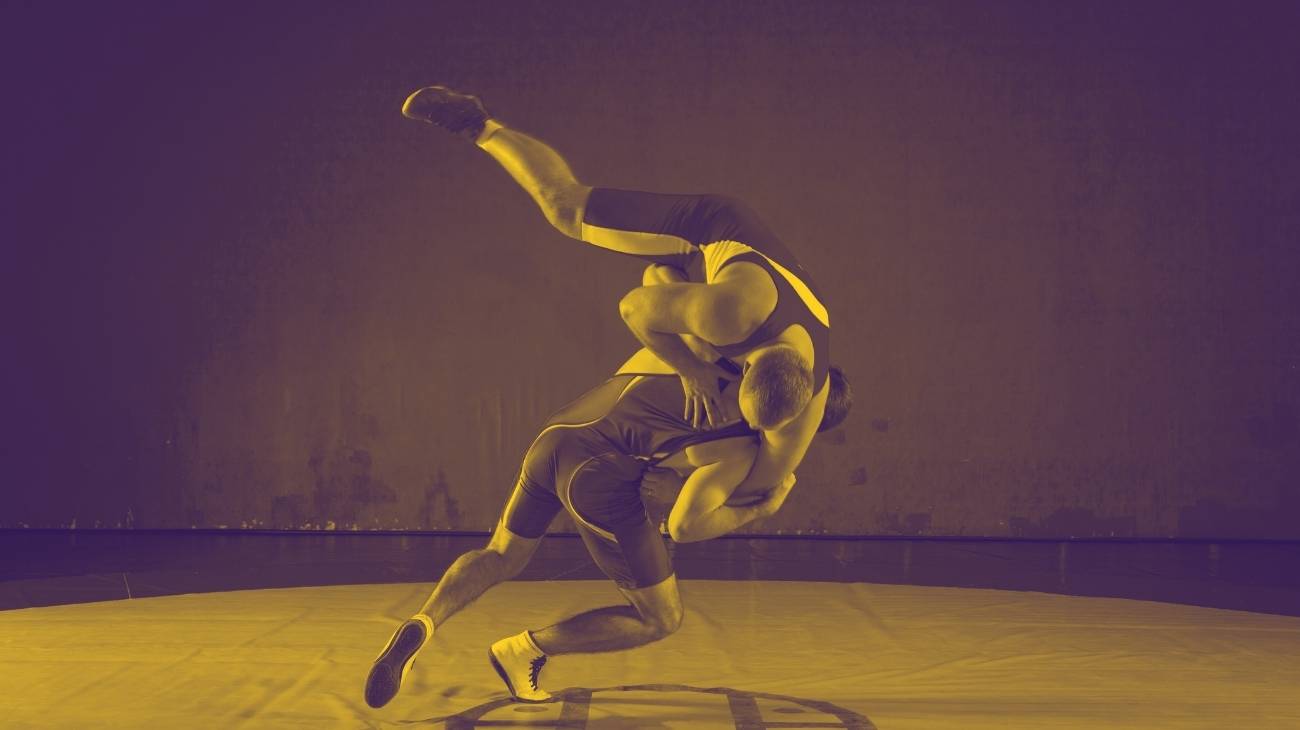- What is the best shoulder brace for tendonitis pain?
- Video: Shoulder joint anatomy
- Types of shoulder braces you should know about
- What are the symptoms of rotator cuff tendonitis?
- Buying guide: Tips on how to buy the best shoulder brace for tendonitis
- Benefits of shoulder braces for rotator cuff tendonitis
The rotator cuff is a group of muscles and tendons that surround the shoulder joint and provide its stabilization and movement function. However, for various reasons, these tendons can become inflamed and irritated, resulting in rotator cuff tendonitis of the shoulder.
If this injury is not treated in time, the patient may suffer a tear of the shoulder tendon. Therefore, it is important to know what this type of shoulder tendinitis is, what its symptoms are, and how it can be relieved with the help of a compression shoulder brace, because this accessory offers many benefits.
What is the best shoulder brace for tendonitis pain?
- Sizes: One size
- Colors: Black
- Material: Neoprene
- Closure type: Closure with elastic straps and Velcro
- Hot/cold pad: No
- Two modes of fastening
- Cold-Heat pad option
- Good compression
- Breathable
- Not machine washable
- One only size
The splint comes with a pressure pad to place a hot or cold pack. In this way you will achieve therapeutic effects generated by thermal variation therapies. The Velcro strap often disturbs the area under the armpits if not positioned correctly and, in some women, can cause tightness in the bust. The support is not strong enough for sports or sleeping.
- Sizes: M-L
- Colors: Black
- Material: Neoprene
- Closure type: Closure with elastic straps and Velcro
- Hot/cold pad: Yes
- Adjustable design
- Easy to use
- 3 adjustable heating levels
- Soft and comfortable material
- Needs PowerBank
- High power consumption
But this is not all, if you do not want to press the button for two or three seconds, the brace will not be activated and you can use the shoulder brace as a protector and keep the joint firm so that inflammation and pain does not increase. Batteries are not included and, if you wish, you can additionally purchase a gel pack to get the benefits of cold therapy. While the support is adequate, the instructions do not teach you how to maximize the benefits of the product.
- Sizes: XS-L-XL-XXL-XXXL
- Colors: Black
- Material: Lycra & Neoprene
- Closure type: Closure with elastic straps and Velcro
- Hot/cold pad: No
- Two adjustable straps
- Multi position
- For both shoulders
- N-Tex neoprene
- Small sizes
- Not machine washable
Its washable anatomical design, designed to absorb moisture and not damage the skin, is durable and reusable because it does not deform over time. You can choose the alignment according to your needs, but this is not always the case for all bodies, as it depends on the person's build. Keep in mind that the material is hot, so in summer or in times of high temperatures its use may be uncomfortable.
- Sizes: One size
- Colors: Black
- Material: Neoprene
- Closure type: Closure with elastic straps and Velcro
- Hot/cold pad: Yes
- 3 temperature modes
- Overheating protection
- Soft and adjustable material
- Compression pad
- Too bulky
- Not machine washable
This system avoids being connected to a USB cable to generate the necessary heat, so it is possible to take the protector anywhere without any problem. The battery needs a charge of 3 hours so that its operation is only 20 minutes. In some cases the heat does not reach the temperature indicated on the product.
- Sizes: One size
- Colors: Black
- Material: Neoprene
- Closure type: Closure with elastic straps and Velcro
- Hot/cold pad: No
- Optimal fit
- Soft and breathable material
- For both shoulders
- Good materials
- Gel pad not included
- Thin material
To relieve pain and speed recovery from injuries, the shoulder protector includes a pocket for incorporating hot and cold gel packs. With this function you will achieve to apply the correct temperature just in the inflamed place and thus you will obtain therapeutic results much faster. Keep in mind that, in some patients, the support is not correct due to their physical build. Women may suffer pressure on their breasts if the strap does not fit properly.
- Sizes: One size
- Colors: Black
- Material: Neoprene
- Closure type: Closure with elastic straps and Velcro
- Hot/cold pad: Yes
- Gel pad option
- For both shoulders
- Easy to put on
- Good protection
- Thin material
- One only size large
Thanks to the fixation and pressure it exerts on the arm, it manages to keep the shoulder immobile when you perform any type of task, including every time you practice sports. The black neoprene and the elastic bands that cross the thorax and the arm circumference generate greater stability so as not to displace the shoulder and cause more pain. Its cumbersome fit may cause discomfort in those with inflammation or advanced injury.
- Sizes: One size
- Colors: 2 Options - Black, Pink
- Material: Neoprene
- Closure type: Closure with elastic straps and Velcro
- Hot/cold pad: No
- Soft and comfortable neoprene material
- Includes a user manual
- Easy one-handed adjustment
- Quality material
- Gel pad not included
- Thin material
In the manual enclosed in this offer you will find different tips that will help you improve your lifestyle to avoid future injuries. Its placement is simple and its one-size-fits-all design allows you to keep the straps in place at all times, although the strap may be too long for those with a small frame.
- Sizes: S-M & M-XL
- Colors: Black & Blue
- Material: Neoprene
- Closure type: Closure with elastic straps and Velcro
- Hot/cold pad: No
- Good fit
- Maximum support
- Diferentes tallas
- Different sizes
- Too bulky
- Gel pad not included
The circumference of the arm and the anatomical shoulder area has three perforated layers to maintain greater comfort and allow the skin to breathe. The ease of configuration generates individual fitting, but you should be aware that compression can cause the plastic adjustment clips to put incorrect pressure on the biceps and torso. Finally, consider that the different sizes indicated on the product are not always accurate.
Video: Shoulder joint anatomy
Types of shoulder braces you should know about
What are the symptoms of rotator cuff tendonitis?
Rotator cuff tendinitis, also known as "shoulder compression syndrome", is an inflammation of the tendons that connect the muscles and bones of the shoulder joint.
The rotator cuff tendons run underneath a bony area and attach to the bones of the arm. When they become inflamed, they cause a sharp pain in the shoulder , which is very characteristic of this condition. The rotator cuff has the task of holding the head of the humerus in the socket to facilitate its mobility.
In order to stabilize the shoulder, it consists of a group of four muscles that are
- Subscapularis muscle: This muscle allows internal rotation of the humerus.
- Supra-spinatus muscle: It is involved in the abduction movement of the arm and therefore performs the first 15 to 20 degrees.
- Infraspinatus muscle: Helps in the external rotation of the arm.
- Musculus teres minor: Assists in the external rotation of the arm.
Rotator cuff tendons now run through a space between the shoulder joint and the acromion (a bone at the top of the joint). These become inflamed in rotator cuff tendonitis and can then be pressed against one of the other structures of the shoulder joint, causing a disruption in that area. Usually, the tendons below the acromion are affected.
The main causes and risk factors that trigger this type of shoulder injury are:
- Sleeping on the same arm every night.
- Suffering from a severe shoulder injury.
- Holding the arm in the same position for an extended period of time.
- Lifting heavy objects for an extended period of time.
- Playing a sport that requires repetitive overhead arm movements (swimming, tennis, baseball, weight lifting, etc.).
- Engaging in a job that requires constant arm movements (painting or carpentry).
- Age or aging.
- Genetic component (family history).
People with rotator cuff tendinitis develop a particular clinical picture with the following signs and symptoms:
- Dull, radiating pain in the shoulder that can sometimes radiate to the elbow (without reaching the hand).
- Difficulty or limitation in lifting the affected arm: lifting the arm to perform overhead activities (combing hair, blow-drying hair, lifting weights, touching the back, etc.) increases the pain.
- Insomnia or sleep disturbances: This is due to the fact that the pathology causes a type of nocturnal pain that disturbs sleep, especially when lying on the injured shoulder.
- Loss of strength: in the most severe cases of tendonitis, the patient suffers from weakness of the arm or loss of strength.
- The following symptoms appear: permanent impairment of mobility and progressive degeneration of the joint.
Buying guide: Tips on how to buy the best shoulder brace for tendonitis
There are different models of shoulder compression sleeves, as these garments have specific functions to meet the needs of their target audience. It is ideal for patients to consider certain features before purchasing an effective shoulder support that is free of side effects.
We list the most important features to consider when choosing your shoulder support:
- Material: It is important that the shoulder brace is made of durable and breathable material to facilitate daily activities and not cause discomfort. It is also important to avoid rapid wear of the garment (since the healing process of the disease requires its continuous use).
- Size: patients must choose the right size to receive the benefits of compression therapy with the right level of support. Otherwise, the accessory may impede blood flow and increase pain or swelling in the area. To do this, it is advisable to measure the shoulder and arm to determine the specific dimensions.
- Appropriate compression: just like choosing the right size, it is advisable to choose a shoulder brace that provides adjustable compression to adequately stabilize the joint. This way, the user will feel comfortable and secure.
- Comfortable design: Care should be taken to ensure that the design is comfortable and does not cause discomfort in the shoulder or adjacent areas during treatment.
We recommend that you buy a sports shoulder brace, as it meets all the above criteria. These are garments that stand out for their ability to strengthen the shoulder joint and promote joint mobility during sports. They also provide stability, pain relief and comfort, speeding up the recovery of the injured shoulder.
Benefits of shoulder braces for rotator cuff tendonitis
In most cases, conservative treatment is sufficient for a patient with rotator cuff tendinitis to recover quickly from the injury. The specialist should prescribe certain therapies to speed up the healing process. One of these procedures is compression therapy.
This non-invasive therapy uses an elastic element or device to regulate the function of the vascular wall, lower venous pressure and optimize tissue metabolism so that the joints and muscles in the affected area recover. With this type of injury, it is appropriate to use a shoulder brace to properly help.
This compression garment restricts the movement of the shoulder and provides the following benefits:
- Relieves pain in the shoulder joint.
- Reduces the inflammatory process that develops in rotator cuff tendinitis.
- Provides strength in the area to keep the humeral head centered in the glenoid fossa and coracoacromial arch.
- Helps patients of both restore normal shoulder function.
- Protects the affected area to prevent re-injury or worsening of pathology.
- Provides comfort to the affected shoulder during and after recovery.
- Allowing users to perform various movements or actions without fear of recurrence of discomfort.









